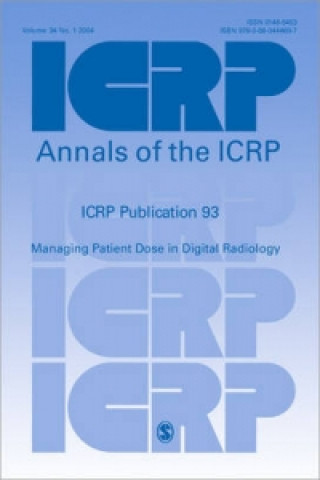
Code: 04491002
ICRP Publication 93
by ICRP
Digital techniques have the potential to improve the practice of radiology but they also risk the overuse of radiation. The main advantages of digital imaging, i.e. wide dynamic range, post processing, multiple viewing options, an ... more
- Language:
 English
English - Binding: Paperback
- Number of pages: 76
Publisher: Elsevier Health Sciences, 2005
- More about this

130.35 €
RRP: 144.87 €
You save 14.51 €

In stock at our supplier
Shipping in 14 - 18 days
You might also like
-

Experiencing Jesus
8.63 € -5 % -

Fighting Back
77.48 € -

Cathy Beck's Fly-fishing Handbook
19.31 € -17 % -

Modernism and Fascism
187.81 € -

Destiny's Embrace
8.23 € -21 %
Give this book as a present today
- Order book and choose Gift Order.
- We will send you book gift voucher at once. You can give it out to anyone.
- Book will be send to donee, nothing more to care about.
More about ICRP Publication 93
You get 324 loyalty points
 Book synopsis
Book synopsis
Digital techniques have the potential to improve the practice of radiology but they also risk the overuse of radiation. The main advantages of digital imaging, i.e. wide dynamic range, post processing, multiple viewing options, and electronic transfer and archiving possibilities, are clear but overexposures can occur without an adverse impact on image quality. In conventional radiography, excessive exposure produces a black film. In digital systems, good images are obtained for a large range of doses. It is very easy to obtain (and delete) images with digital fluoroscopy systems, and there may be a tendency to obtain more images than necessary. In digital radiology, higher patient dose usually means improved image quality, so a tendency to use higher patient doses than necessary could occur. Different medical imaging tasks require different levels of image quality, and doses that have no additional benefit for the clinical purpose should be avoided. Image quality can be compromised by inappropriate levels of data compression and/or post processing techniques. All these new challenges should be part of the optimisation process and should be included in clinical and technical protocols. Local diagnostic reference levels should be re-evaluated for digital imaging, and patient dose parameters should be displayed at the operator console. Frequent patient dose audits should occur when digital techniques are introduced. Training in the management of image quality and patient dose in digital radiology is necessary. Digital radiology will involve new regulations and invoke new challenges for practitioners. As digital images are easier to obtain and transmit, the justification criteria should be reinforced. Commissioning of digital systems should involve clinical specialists, medical physicists, and radiographers to ensure that imaging capability and radiation dose management are integrated. Quality control requires new procedures and protocols (visualisation, transmission, and archiving of the images).
 Book details
Book details
Book category Knihy po anglicky Medicine Other branches of medicine Medical imaging
130.35 €
- Full title: ICRP Publication 93
- Subtitle: Managing Patient Dose in Digital Radiology
- Author: ICRP
- Language:
 English
English - Binding: Paperback
- Number of pages: 76
- EAN: 9780080444697
- ISBN: 0080444695
- ID: 04491002
- Publisher: Elsevier Health Sciences
- Weight: 150 g
- Dimensions: 238 × 167 × 4 mm
- Date of publishing: 12. May 2005
Trending among others
-

MR Neuroimaging
209.77 € -

Learning Radiology
56.94 € -1 % -

EACVI Echo Handbook
59.99 € -

Top 3 Differentials in Radiology
114.59 € -

Chest X-Ray
24.60 € -9 % -
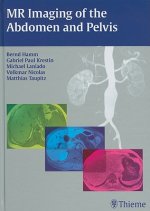
MR Imaging of the Abdomen and Pelvis
184.15 € -

Obstetric Imaging: Fetal Diagnosis and Care
360.07 € -

Webb, Muller and Naidich's High-Resolution CT of the Lung
243.13 € -8 % -

Perioperative Two-Dimensional Transesophageal Echocardiography
128.62 € -4 % -

Diagnostic Ultrasound: Head and Neck
299.97 € -
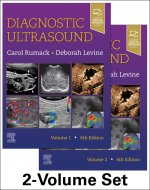
Diagnostic Ultrasound, 2-Volume Set
378.37 € -5 % -
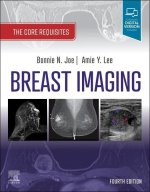
Breast Imaging
89.17 € -5 % -

Fundamentals of High-Resolution Lung CT
103.61 € -10 % -

Atlas Of NEURORADIOLOGY
19.72 € -

Regional Anaesthesia, Stimulation, and Ultrasound Techniques
99.44 € -

Atlas of Ultrasound Guided Musculoskeletal Injections
79.51 € -21 % -
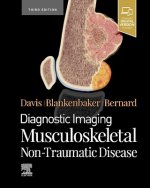
Diagnostic Imaging: Musculoskeletal Non-Traumatic Disease
372.17 € -

Gynaecological Ultrasound Scanning
75.14 € -3 % -

Breast Ultrasound
157.61 € -

Radiology of the Post Surgical Abdomen
135.44 € -

Musculoskeletal Imaging: The Essentials
149.78 € -

MRI of the Fetal Brain
113.07 € -

Essentials of Pediatric Radiology
181.10 € -

Pediatric Radiology: The Requisites
134.52 € -

Practical Manual of Echocardiography in the Urgent Setting
76.05 € -

Magnetic Resonance Cholangiopancreatography (MRCP)
143.98 € -

Pocket Atlas of Sectional Anatomy, Volume 3: Spine, Extremities, Joints
48.90 € -1 % -

Accident and Emergency Radiology: A Survival Guide
70.97 € -

Abdominal Ultrasound
66.80 € -

Brant and Helms' Fundamentals of Diagnostic Radiology
309.53 € -

Normal Findings in CT and MRI, A1, print
19.31 € -4 % -

Neonatal Cranial Ultrasonography
123.74 € -8 % -

Ultrasound: The Requisites
134.52 € -

Osborn's Brain
363.32 € -1 % -

Hand Bone Age
78.39 € -

Callen's Ultrasonography in Obstetrics and Gynecology
126.69 € -9 % -

Echo Made Easy
37.31 € -12 % -

Neuroradiology: The Requisites
90.70 € -5 % -

Thieme Clinical Companions Ultrasound
28.67 € -4 % -

Fundamentals of Musculoskeletal Ultrasound
90.80 € -6 % -

Brant and Helms' Fundamentals of Diagnostic Radiology
233.57 € -14 % -

EACVI Textbook of Echocardiography
210.69 € -

Fundamentals of Body CT
111.34 € -

First Trimester Ultrasound Diagnosis of Fetal Abnormalities
123.54 € -2 % -

Pocket Anatomy & Protocols for Abdominal Ultrasound
69.04 € -

Ultrasound of the Thyroid and Parathyroid Glands
131.07 € -

Analyzing Neural Time Series Data
78.19 € -16 % -
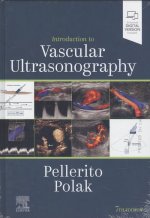
Introduction to Vascular Ultrasonography
141.44 € -5 % -
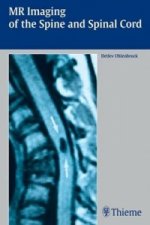
MR Imaging of the Spine and Spinal Cord
39.85 €
Osobný odber Bratislava a 2642 dalších
Copyright ©2008-24 najlacnejsie-knihy.sk Všetky práva vyhradenéSúkromieCookies


 21 miliónov titulov
21 miliónov titulov Vrátenie do mesiaca
Vrátenie do mesiaca 02/210 210 99 (8-15.30h)
02/210 210 99 (8-15.30h)